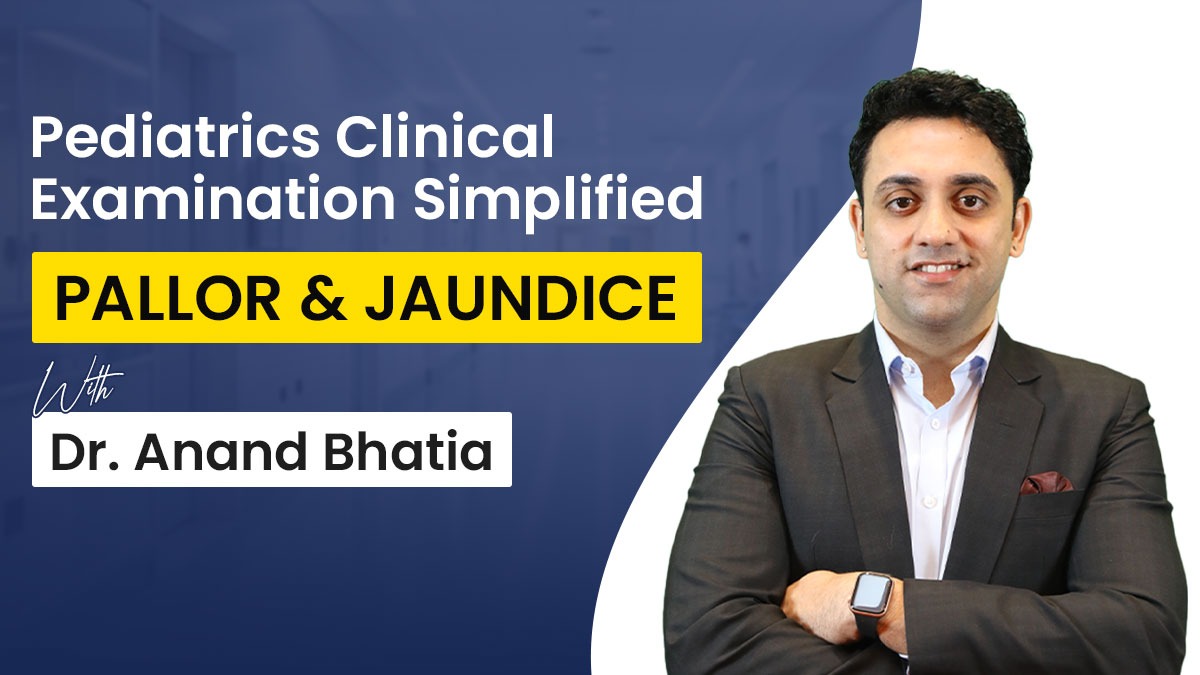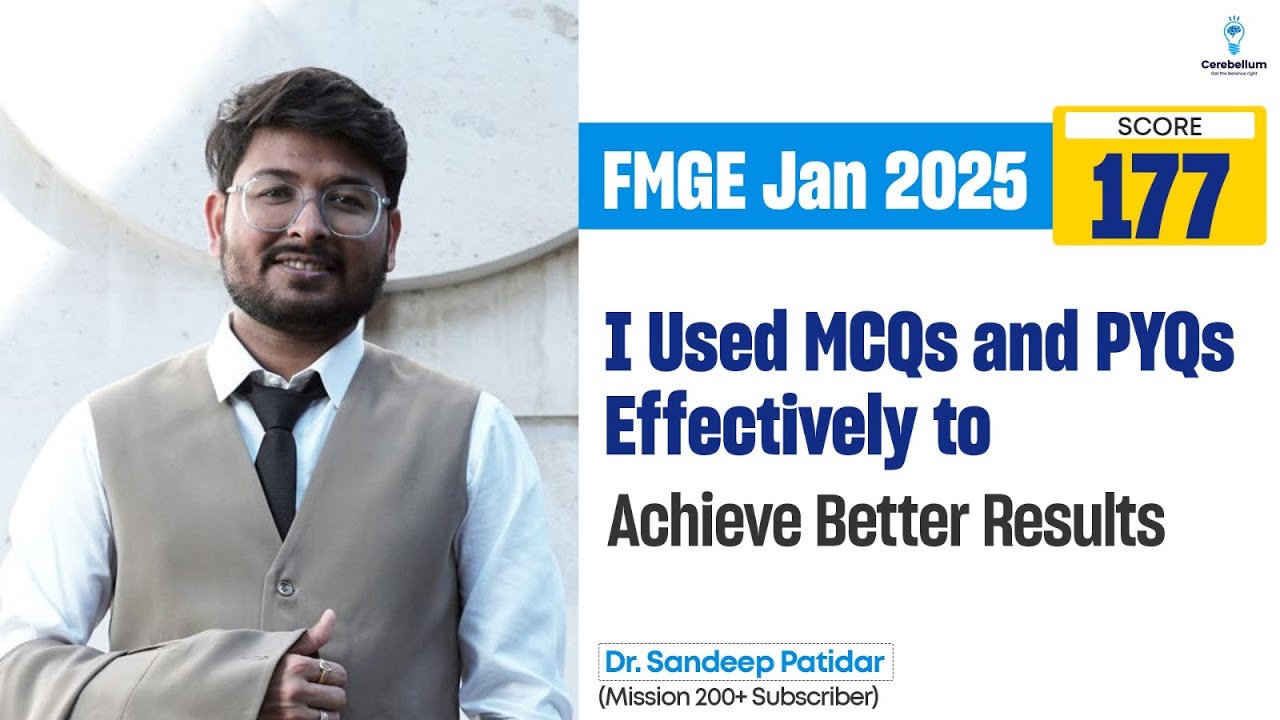Hey everyone!
I’m Dr. Anand Bhatia, and before we jump in — thank you from the bottom of my heart. The love and response you’ve all been showing for each video and blog have been mind-blowing. Truly, the support has been next level.
Let’s get straight into today’s topic — a key part of general physical examination in pediatrics. We’re going to cover PICCLE— how to examine them, what they mean clinically, and the common causes you should always keep in mind.
First Things First: What Is PICCLE?
No, I’m not talking about the one in your sandwich. In pediatric clinical examination, PICCLE is a simple mnemonic to remember:
- P – Pallor
- I – Icterus (another term for jaundice)
- C – Clubbing
- C – Cyanosis
- L – Lymphadenopathy
- E – Edema
Today, we’re focusing on the first two: Pallor and Icterus.
Also Read: Commonly Asked PYQs for Neural Tube Defects | NEET PG, INI-CET & FMGE With Dr. Anand Bhatia
How Do We Examine for Pallor?
If you’re in a practical exam, the examiner won’t ask you to recite a textbook definition. They’ll simply say:
“Show me how you examine for pallor.”
So here’s what you need to do clinically, not just theoretically.
1. Check the Lower Palpebral Conjunctiva
- Gently pull down the lower eyelid — this is your best site to assess for pallor.
- Do it with both hands – don’t just lift one eyelid and call it a day.
2. Look at the Palms
- Ask the patient to show their palms.
- Now compare the colour of their palms with yours.
- A noticeable paleness indicates pallor, and sometimes it can be severe.
This comparison gives you a quick, easy visual clue — and it’s clinically meaningful.
What About Jaundice?
Now, jaundice is a little different.
Where to Look?
You don’t check the lower eyelid like in pallor. Instead, focus on the:
- Upper bulbar conjunctiva – that’s the white part of the eye, near the sclera.
If you see yellowish discolouration there, it’s jaundice.
So, just to summarise:
| Condition | Look at |
| Pallor | Lower palpebral conjunctiva + Palms |
| Jaundice | Upper bulbar conjunctiva |
Easy to remember, right?
A Newborn Has Jaundice — Now What?
This is a very common pediatric scenario, and one you’ll face in real life and exams.
So the key question is:
“What are your differentials if a neonate presents with jaundice?”
Let’s think about it physiologically first.
- Hemoglobin breaks down into heme → biliverdin → bilirubin
- The more hemolysis, the more bilirubin → more jaundice
Common Causes of Neonatal Jaundice:
- Cephalohematoma
(A localised collection of blood under the scalp — common post-delivery) - Rh Incompatibility
(Mother Rh-negative, baby Rh-positive – we’ll talk more on this later) - ABO Incompatibility
(Especially if mother is O and baby is A or B) - G6PD Enzyme Deficiency
(A common enzyme deficiency — especially in certain populations) - Membranopathies, like:
- Hereditary Spherocytosis
- Pinocytosis
- Elliptocytosis
- Hereditary Spherocytosis
All of these can lead to increased red cell destruction, which means more bilirubin, and thus neonatal jaundice.
Also Read: Celebrate Teachers’ Day with Cerebellum Academy – A Special Discount Offer
A Quick Question for You!
Before we wrap up, here’s a question I’d love for you to think about (and drop your answers in the comments):
What exactly is Rh incompatibility?
What should be the mother’s blood group, and what should be the baby’s, for this condition to occur?
Think about it — it’s simple, but very important.
Conclusion:
We’ll continue the rest of the PICCLE examination — including clubbing, lymphadenopathy, and edema — in the next blog.
But before you go, here’s your quote of the day:
“Life is a one-time offer – use it well.”
And remember — no matter how hectic life gets —Life is beautiful.
Thank you for reading, learning, and growing with me. See you at the next one!
Warmly,
Dr. Anand Bhatia
Download Cerebellum NEET PG Preparation Android app
Download Cerebellum NEET PG Preparation iOS app
Download Cerebellum NEET PG Preparation iphone app










